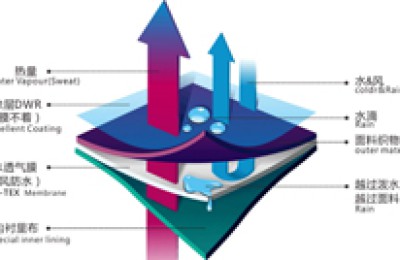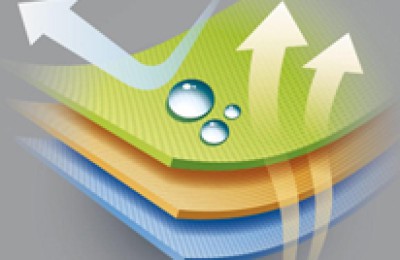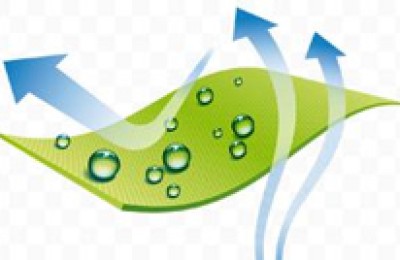What are the differences between the various “velvet” types in fabrics? Which fabric is velvet or flannel… I can’t tell the difference. Today we get to know velvet, gold velvet, polar fleece, coral velvet, flannel…
Velvet
Materials: silk + cotton
Zhangrong is named after its origin in Zhangzhou, Fujian Province, China. It was mass-produced in the Ming Dynasty and is one of China’s traditional fabrics. The raw material of velvet is 22-30 cocoon grade A raw silk. Silk is also used as the warp and cotton yarn is the “ground” interwoven with the weft. Looped with silk or rayon. Both warp and weft yarns are degummed or semi-degummed, dyed, twisted and then woven.
Golden velvet
Materials: silk + viscose fiber ( Cotton is chemically treated)
Velvet is a single-layer raised silk fabric made of mulberry silk and viscose rayon interwoven. Suede has dense, long and slightly slanted hair, but is not as smooth as other types of down. Generally used in women’s clothing, curtains and decorative items. Gold velvet fabric feels silky and has toughness, making clothes really high-end. Although it will shed some hair, it is soft and skin-friendly after washing.
Polar fleece
Material: 100% polyester (long fiber, short fiber, super Fine fiber); a certain proportion of spandex can be added (the quality is difficult to control and the technology needs to be improved).
Polar fleece, also known as Sheep Fleece, is a kind of knitted fabric. It is a small ingot knitted structure and is woven on a circular knitting machine. After being woven, the gray fabric is first dyed, then brushed and carded. , shearing, shaking and other complex processes. The front of the fabric is brushed, and the fleece is fluffy and dense but not easy to shed and pill. The back of the fabric is brushed sparsely and evenly, with short fluff, clear tissue texture, and excellent fluffy elasticity. Its ingredients are generally pure polyester and soft to the touch.
Coral velvet
Material: polyester microfiber.
Coral velvet is a new type of fabric. Coral velvet, as the name suggests, is a colorful, coral-shaped textile fabric with good coverage. It is a new type of fabric.
The texture is fine, soft to the touch, not prone to lint or pilling. Does not fade. No irritation to skin, no allergy. Beautiful appearance and rich colors.
Flannel
The word flannel is a foreign word, woven with carded wool yarn A soft and suede wool fabric.
Created in Wales, England in the 18th century. In China, it generally refers to a woolen fabric with a clip-on style made of mixed-color carded wool yarn. It is covered with a layer of plump, fine and clean velvet, without revealing the texture. It feels soft and smooth, and the body bone is slightly thinner than Melton. Flannel has a pure and elegant color, high weight, relatively fine and dense plush, thick fabric, high cost, and good warmth retention.
De Rong
What is the material of De Rong fabric?
Derong is a kind of chemical fiber fabric. The composition of the fabric is relatively complex, but it is generally based on acrylic fiber, and will be blended with a certain proportion of spandex and polyester. Of course, some derong fabrics will also be blended with a certain proportion of viscose fiber, making the fabric It has certain breathability!
De velvet fabric is a kind of fabric suitable for close-fitting wear. The advantages of den velvet fabric are:
1. De velvet fabric The textile technology is very good, and the color of the fabric is exquisite!
2. The thermal insulation performance of German velvet fabric is very good, because there are very fine fluff on the surface of the fabric, forming an air barrier, making the fabric very good at keeping warm. Performance!
3. The wear resistance of German velvet fabric is particularly good.
4. The printing and dyeing is reactive printing and dyeing, and it will not fade after repeated washing.
5. The breathability is very good and it is not easy to pill!
Ferret velvet
What is ferret velvet? Composition fabric? What is the difference between mink and mink? Ferret down is the down on ferrets. The ferret is a small and rare animal. In order to withstand the severe cold, it has a layer of very soft fluff on its body. After the guard hairs are removed from the fur, the fluff is left to make fur, so this is called ferret fur. This kind of fabric is usually Will be used to make high-end clothing.
Because the hair of ferret velvet is relatively short, it is not suitable to be used directly as a textile raw material. The ferret velvet yarn on the market is a mixture of man-made fiber and mink velvet.
Mink velvet is not mink velvet. This material is usually more popular in the wool market. In addition to ferrets, there are also materials such as raccoon fur, rabbit fur and wool, which are then mixed and woven using different types of chemical fiber materials.
What is the difference between mink velvet and mink?
Mink velvet is softer and has an average gloss. Mink hair has a better gloss. Although it feels soft, it is still inferior to mink velvet. Mink velvet material can be worn directly next to the body. Mink material is generally used for making Fur.
Mink fur is generally very expensive, and its thermal insulation effect is very good. The price of mink fleece sweaters is more expensive than ordinary sweaters, but because it is made of mixed textile materials, the price is higher than that of mink. It is much cheaper.
Mink fur cannot be washed and needs to be stored away from light. However, mink velvet clothes can be washed or dry-cleaned. However, when cleaning, the washing temperature should not exceed 40 degrees to avoid mink velvet. Clothes are deformed.</p





